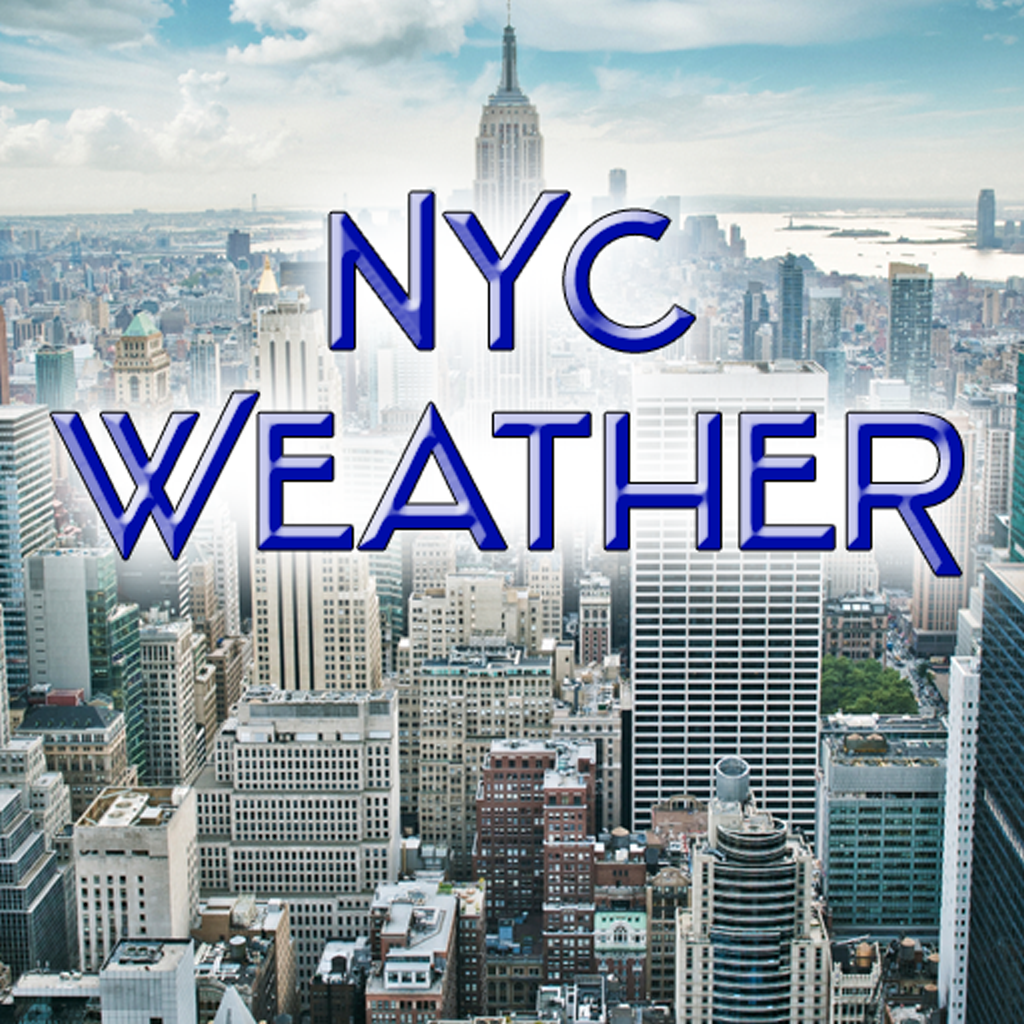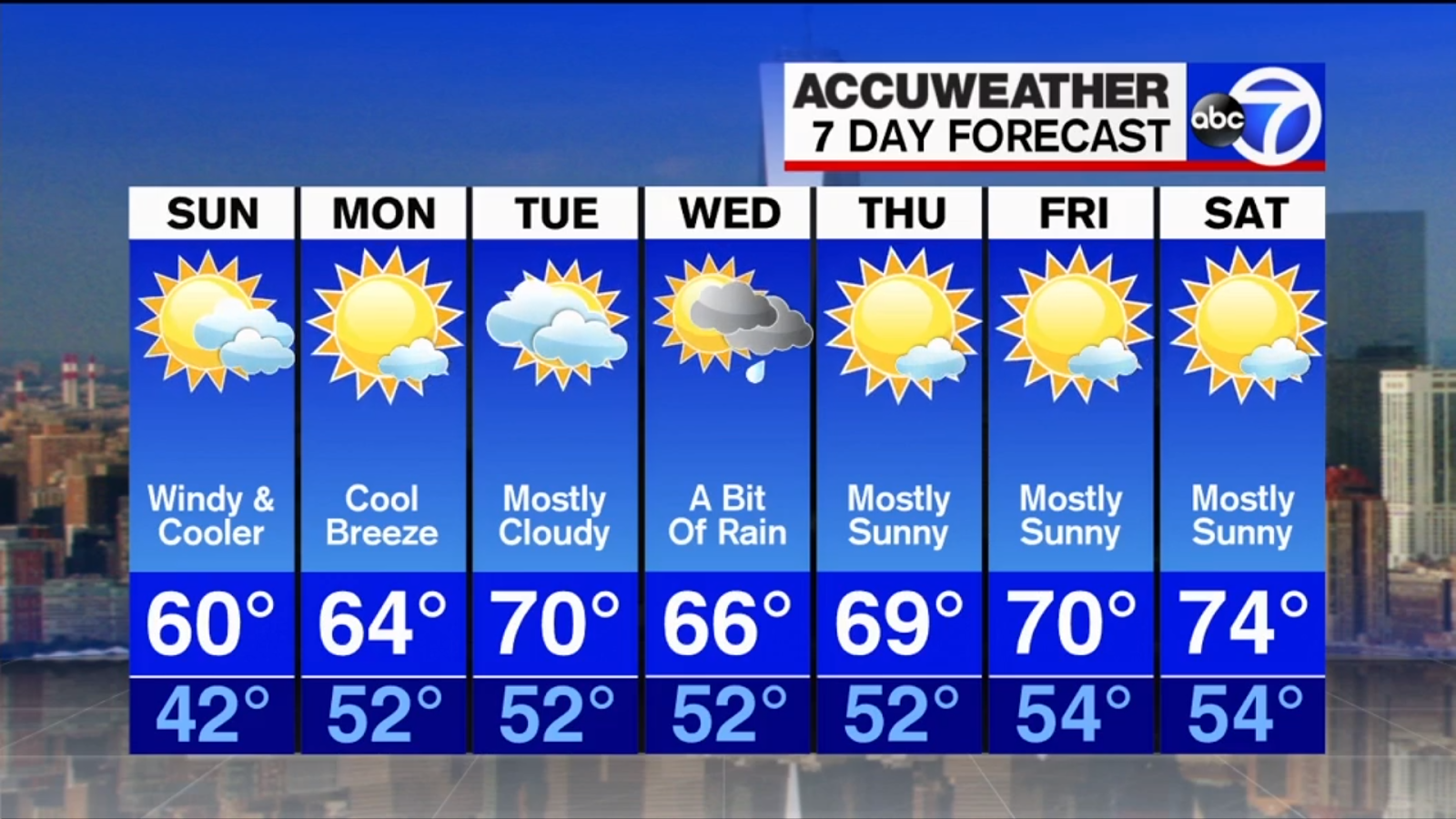

During this season, each month experiences an average of 90mm of rainfall divided between 11 rainy days, with September being the wettest month Autumn with 108mm of rain. Just like in summer, the rainfall in New York is minimal when compared to the other months. How Much Does It Rain In New York City in Autumn? The coldest temperature ever registered here during this season is -17☌, which was registered in December 2017. The highest temperature ever recorded in New York in autumn is 34☌, which was recorded in September. The Hottest And Coldest Autumn Temperatures in New York In September, the average temperature for the city is 20☌, which drops down to 14☌ in October and 9☌ in November.Īverage daily highs and lows change in the same way, falling from 20☌/14.5☌ in September down to 18☌/9.5 ☌ in October and 11.5☌/4.5☌ in November.

The average humidity for the city in the summer is 71%, which can make the high temperatures seem a bit hotter than they actually are.Īfter a hot and balmy summer, things really start to cool down in New York in autumn. Summer boasts the highest quantity of sunshine hours in New York, and is when the city enjoys an average of 10.5 hours of the stuff every day, falling from 11 daily hours in June and July down to ten daily hours in August. On average, July tends to be the wettest month of the summer, when 101mm of rain falls. How Much Does It Rain In New York in Summer?Ĭompared to spring, rainfall in summer is fairly minimal, with an average of 93mm falling over 13 rainy days each month. The hottest temperature ever recorded in New York in summer is 42☌, which was recorded in July 22 in 1926. And the coldest summer temperature registered is 9☌, which was recorded in June. Hottest and Coldest Summer Temperatures in New York In June, the average temperature for the city is around 22☌, which rises up to 25☌ in July (the hottest month of the year) then drops down to 24☌ in August.Īverage daily highs and lows follow the same pattern, rising from 27☌/17☌ in June up to 29☌/20☌ in July, before falling to 28☌/20☌ in August. Summer is the hottest season of the year for New York. The average humidity for the city at this time of year is 65%, which is fairly low, meaning the mild temperatures and sunshine should always feel pleasant never overwhelming. During this season, the city enjoys an average of eight hours of sunshine each day, rising from seven to eight to nine daily hours as the months progress. Spring is when the sun really begins to shine in New York. On average, May is usually the wettest month of spring, when 114mm of rainfall is expected. Rainfall is fairly high at this time of year, with an average of 103mm falling over 14 days each month. How Much Does It Rain In Spring In New York? And the coldest spring temperature is -11☌, which was recorded in March. The highest temperature which has ever been recorded in New York in spring is 35☌, which was registered in May. Hottest and Coldest Spring Temperatures In New York In March, the average temperature for the city is around 4☌, this rises up to 11☌ in April and 16☌ in May.Īverage daily highs and lows follow the same pattern, rising from 8.5☌/1☌ in March, to 14.5☌/5.5☌ in April and 19.5☌/10.5☌ in May. Temperatures in New York rise from extremely cold to pleasantly mild in spring.

In spring the daily temperatures sit comfortably in the 20s, creating very pleasant weather in which to explore the many exciting sights and sounds of New York City. When you travel during these seasons, you'll also be visiting in the off-peak time, which means that the city will be much quieter and less crowded than the more popular summer and winter months. The best time to visit New York is autumn or spring, as you avoid theextremely high temperatures of summer and very low temperatures of winter. New York's climate is classed as being continental, which means that it receives four distinct seasons spring ( March- May), summer ( June- August), autumn ( September- November) and winter ( December- February. New York City is often depicted as cold, especially in winter when it's covered in snow. But what many people don't realise is that although it's true the city can be bitingly cold during the winter months, it can also get swelteringly hot during the summer.Īlthough the average temperatures for New York in summer might not look that high, due to the high concentration of people and the protective effects of the skyscrapers and other concrete buildings, the temperatures can feel a lot hotter than they actually are.


 0 kommentar(er)
0 kommentar(er)
